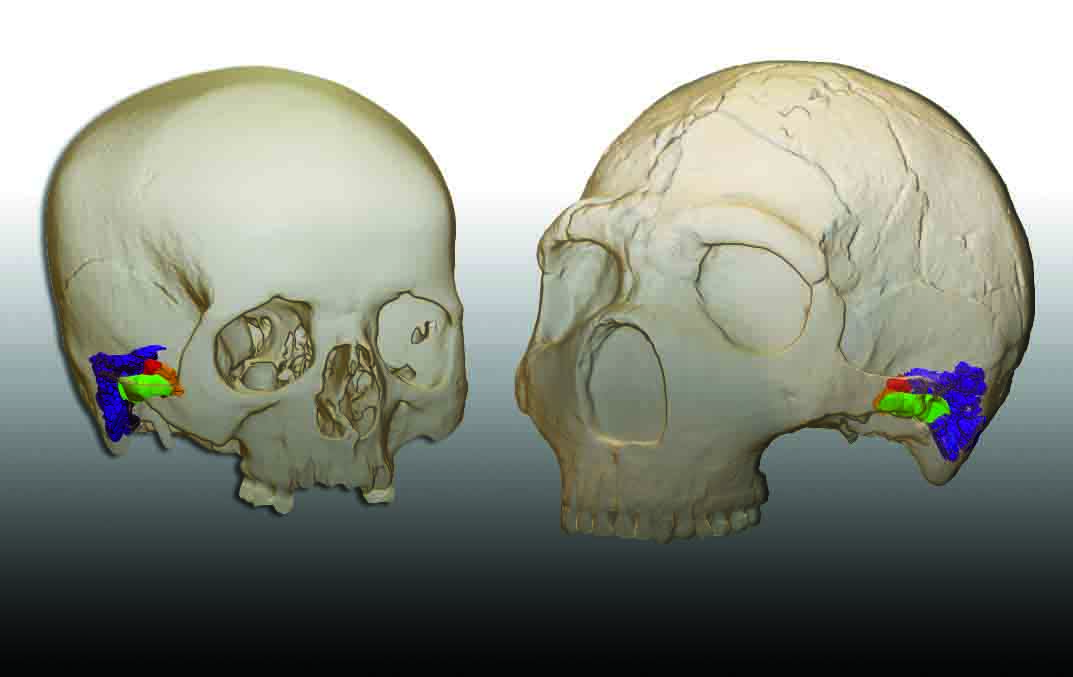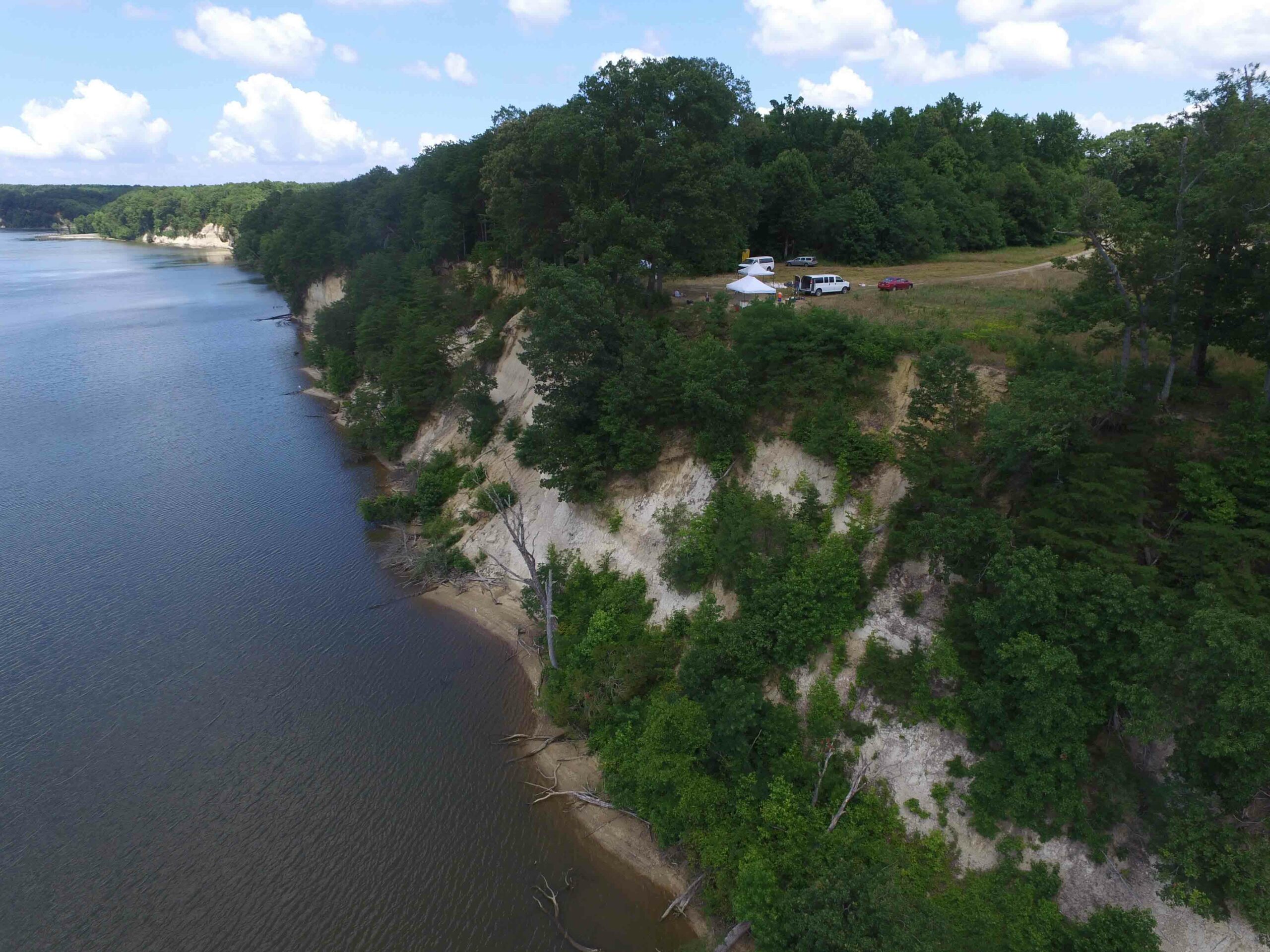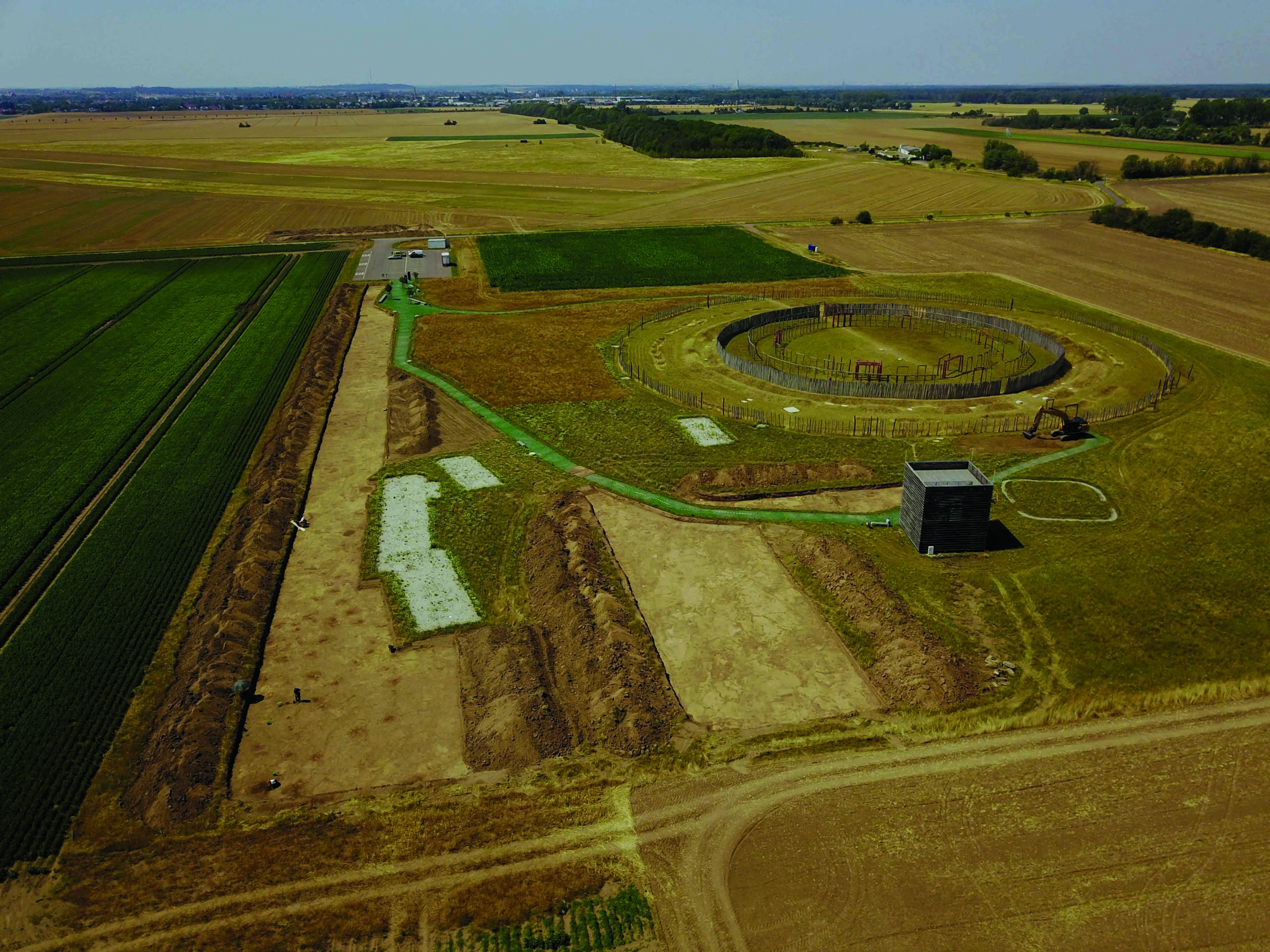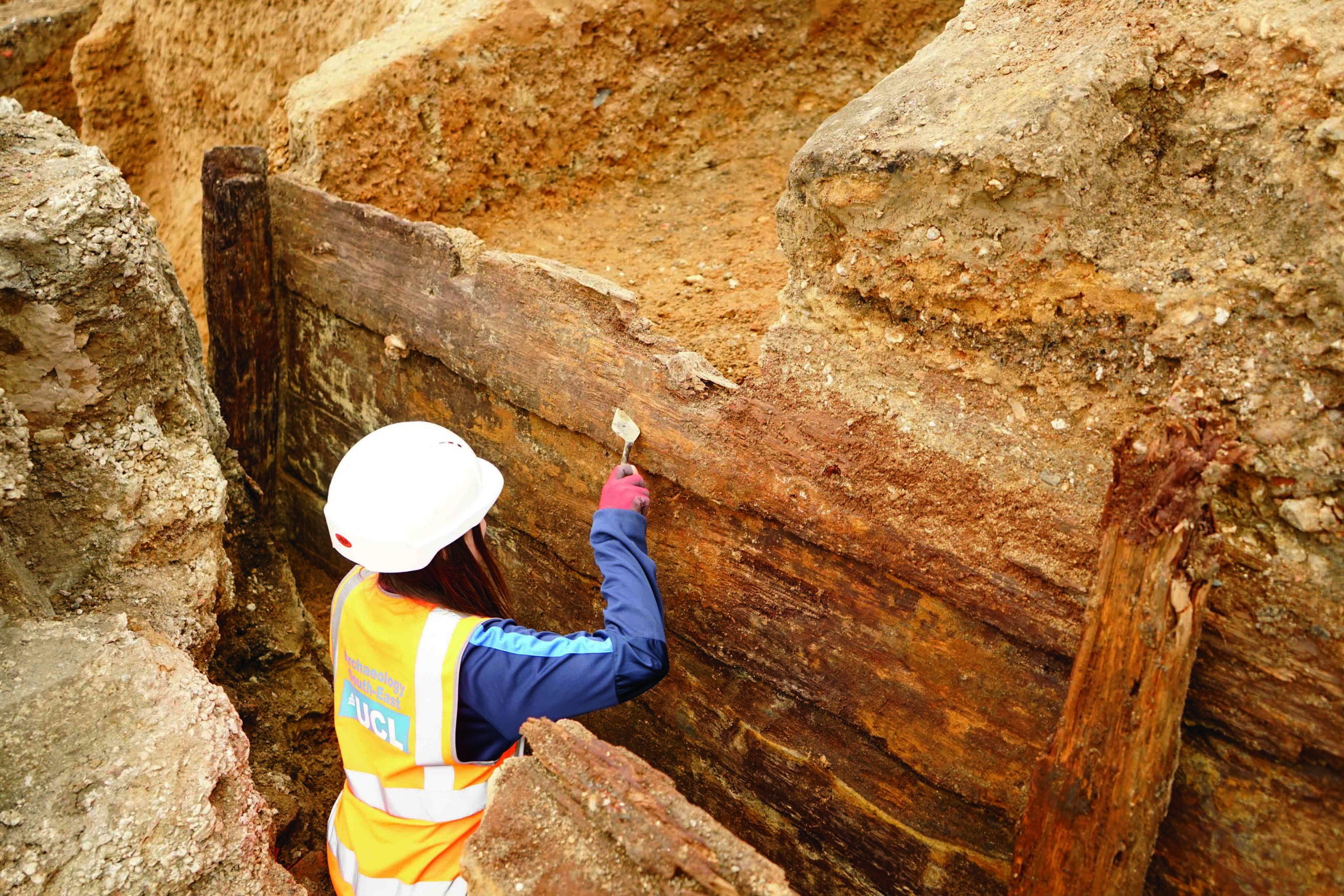MURCIA, SPAIN—Science News reports that Neanderthals who lived in eastern Spain’s Bolomor Cave between 100,000 and 350,000 years ago enjoyed mild weather and a landscape of hazel shrubs, strawberry trees, Mediterranean hackberry, myrtle shrubs, carob trees, and chestnut trees. José Carrión of the University of Murcia said Neanderthals living in the area likely ate fruit, nuts, and seeds from these plants. Previous analysis of the cave’s sediment layers, conducted by Carrión’s colleague Juan Ochando, uncovered fire pits; the burned bones of hares, rabbits, birds, deer, hippos, and horses; and scorched tortoise shells. Neanderthal fossils, including a piece of a leg bone, two teeth, and part of a skull, were also recovered. For more on Neanderthal finds from Spanish caves, go to "Neanderthal Medicine Chest," one of ARCHAEOLOGY's Top 10 Discoveries of 2012.
Spain’s Neanderthals Enjoyed Lush Landscape
News March 9, 2021
SHARE:
Recommended Articles
Digs & Discoveries September/October 2021
Neanderthal Hearing

Courtesy Mercedes Conde-Valverde

(Courtesy CSIC Comunicación)
Digs & Discoveries September/October 2012
A Portrait of the Artist as a Young Neanderthal?

Digs & Discoveries March/April 2025
Iberian Gender Imbalance

Universidad de Granada/Díaz-Zorita Bonilla, M. et al. Scientific Reports (2024)
-
 (Pasquale Sorrentino)
(Pasquale Sorrentino) -
Features January/February 2021
Return to the River
Members of Virginia’s Rappahannock tribe are at work with archaeologists to document the landscape they call home
 (Courtesy Julia King)
(Courtesy Julia King) -
Letter from Woodhenge January/February 2021
Stonehenge's Continental Cousin
A 4,000-year-old ringed sanctuary reveals a German village’s surprising connections with Britain
 (Photo Matthias Zirn)
(Photo Matthias Zirn) -
Artifacts January/February 2021
Inca Box with Votive Offerings
 (Courtesy Teddy Seguin/Université Libre de Bruxelles)
(Courtesy Teddy Seguin/Université Libre de Bruxelles)


